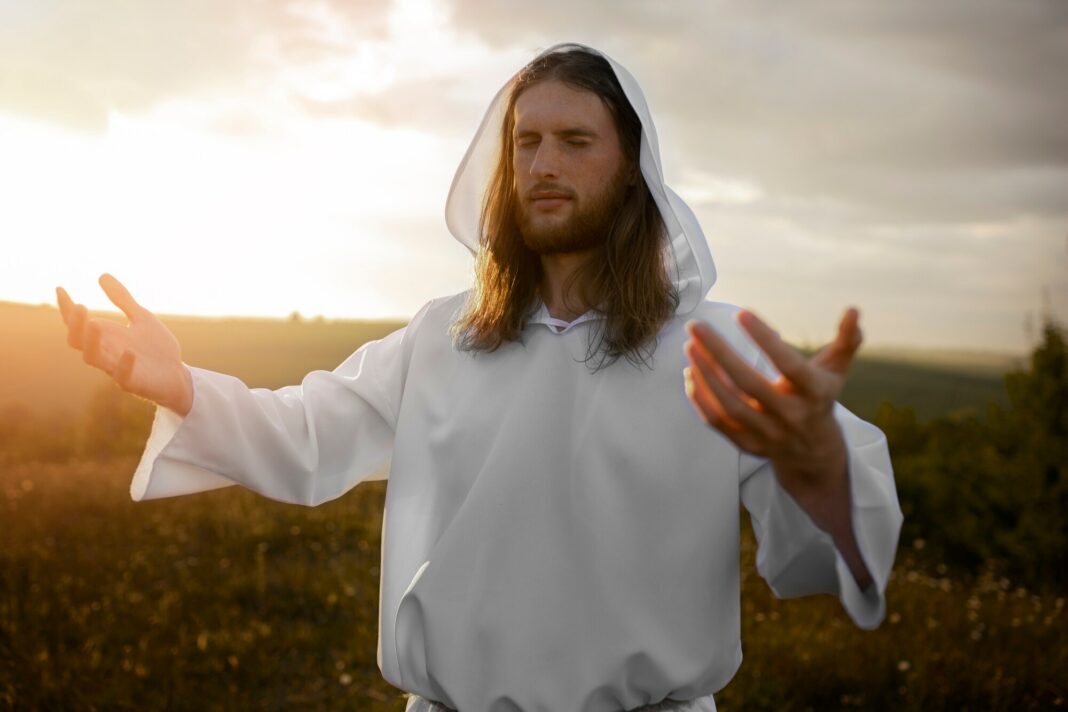Ученые попытались ответить на вопрос, было ли землетрясение во время распятия Христа.
Апостол Матфей писал: когда Иисус издал громкий возглас, наступило землетрясение. Природное явление, по мнению верующих, было вызвано исходом духа Сына Божьего.
Ученые предполагают, что в трагический момент действительно мог произойти выброс энергии. Таким образом, версия о землетрясении в Иерусалиме весной 33 года нашей эры, с магнитудой 8,2 балла, приобретает дополнительные доводы.
Темнота, которая окутала город во время распятия, находит свое объяснение — песчаная буря могла перекрыть солнце. Однако некоторые историки, а в частности римский писатель Таллос, ссылаются на гипотезу о солнечном затмении, пишет Monavista Daily.
Ранее ИА Кулик писал, что христианам назвали молитвы, которые читать нельзя.



